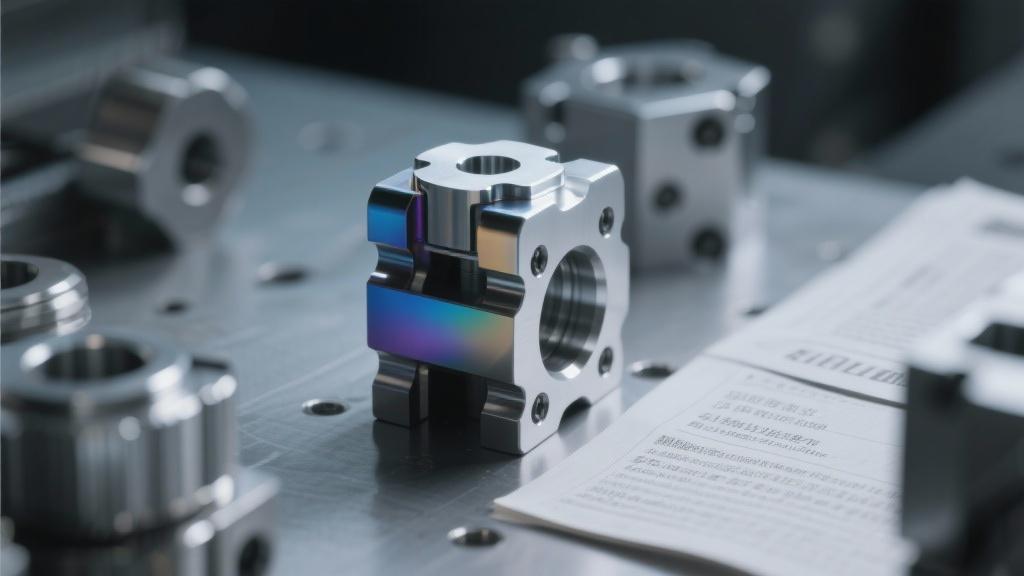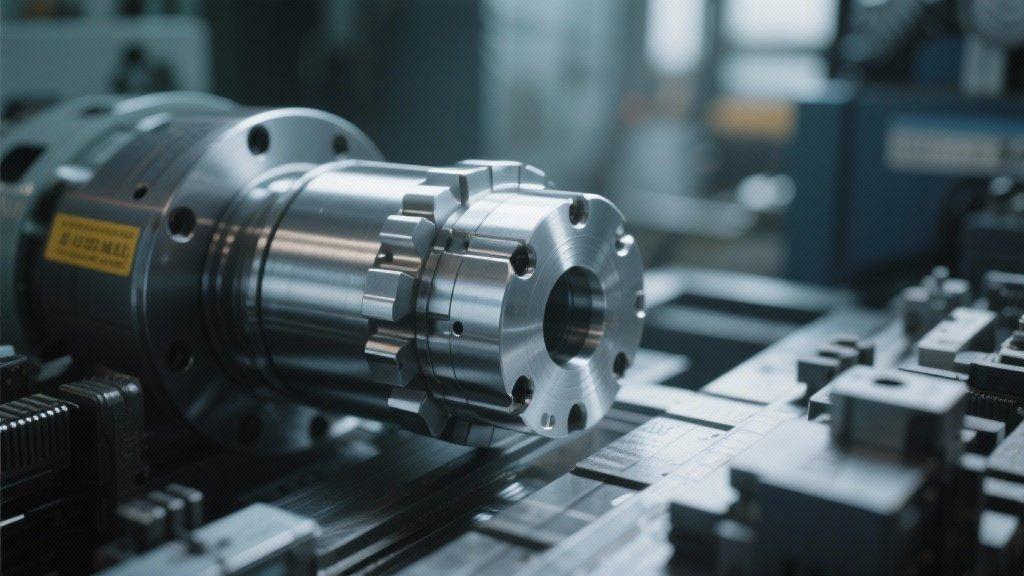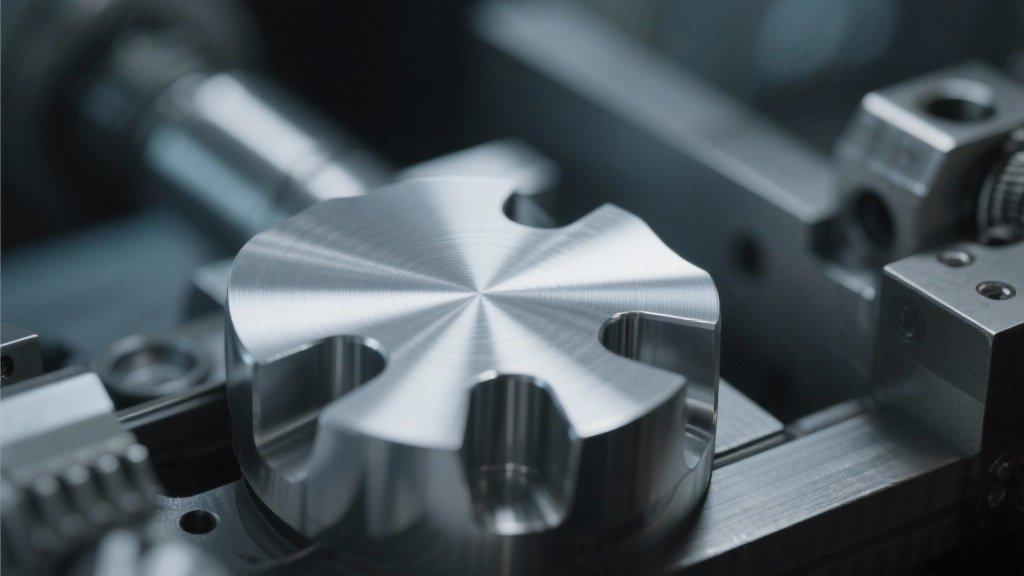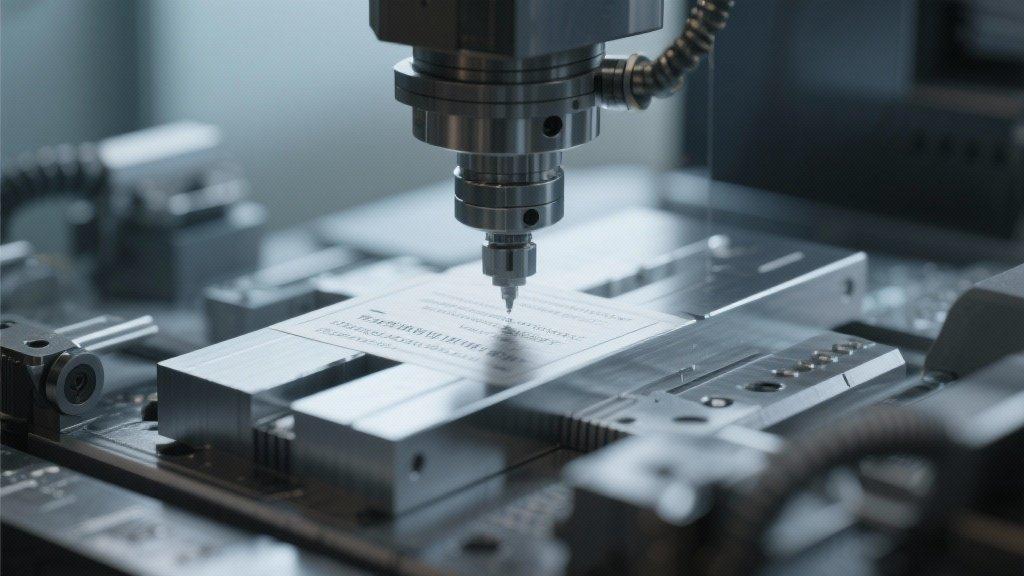We’ll delve into the various types of anodizing processes available, discussing how each method uniquely benefits different applications. Additionally, we’ll highlight specific industries where anodized aluminum components are essential, including aerospace, automotive, and electronics, showcasing real-world examples of their effectiveness.
By the end of this article, readers will have a clear understanding of the reasons why anodizing is not just a choice, but often a necessity for anyone working with aluminum parts. Whether you are a manufacturer looking to enhance product quality, or an engineer seeking the best finishes for your designs, this comprehensive analysis will equip you with the knowledge to make informed decisions about anodizing in aluminum machining. Don’t overlook this critical step; discover how anodizing can ensure your components stand the test of time and performance.
Is anodizing essential after machining aluminum components? This question has sparked discussions among engineers, manufacturers, and DIY enthusiasts alike. In a world where durability and aesthetics matter, anodizing stands out as a key process that can dramatically enhance the performance and appearance of aluminum parts after they have been machined. Let’s dive into some common queries that arise regarding this critical treatment.
Question: What exactly is anodizing, and how does it work?
Answer: Anodizing is an electrochemical process that converts the surface of aluminum into a durable, corrosion-resistant oxide layer. This layer can be colored and provides not only protection but also improves adhesion for paints and adhesives. When aluminum is subjected to anodizing, it undergoes an electrolytic passivation process, which enhances both its physical and aesthetic properties. The final result is a hard, protective finish that is both attractive and functional.
Question: Why is anodizing considered essential in specific industries?
Answer: Certain industries, such as aerospace, automotive, and electronics, often rely on anodized aluminum for its performance characteristics. For example, in the aerospace sector, components need to withstand extreme conditions, including temperature fluctuations and exposure to harsh environmental elements. An anodized layer ensures that weight isn’t sacrificed for strength or longevity. Similarly, in the automotive field, anodized aluminum provides a sleek finish while protecting the parts from corrosion, which can be especially important in areas subjected to salt and moisture.
Question: What are the primary benefits of anodizing after machining aluminum?
Answer: The benefits of anodizing after machining aluminum are extensive:
Anodized finishes can vary from matte to high gloss, offering a range of aesthetic options for designers.
Question: Are there any drawbacks to anodizing?
Answer: While anodizing comes with numerous advantages, it’s also important to consider potential drawbacks. For instance, the anodizing process can add additional costs and time to manufacturing. Moreover, if not done properly, the anodized layer may not adhere well, leading to peeling or flaking. It’s also worth noting that once aluminum is anodized, it cannot be soldered as easily, which may be a consideration for some applications.
Question: Can aluminum components be anodized after any machining process?
Answer: Generally, yes, anodizing can be applied after most machining processes, including CNC machining and manual machining. However, it’s essential that the surfaces are clean and free from contaminants prior to anodizing. Any machining marks or surface imperfections can affect the quality of the anodized finish, so proper finishing techniques, such as polishing or bead blasting, might be recommended beforehand.
Question: How does anodizing compare to other surface treatments?
Answer: Anodizing is often compared to other surface treatments like painting, powder coating, or plating. While painting can chip and fade over time, anodized finishes are more durable and resistant to discoloration. Powder coating can provide a wide range of colors but also adds weight and may peel under stress. Plating, while offering a metallic finish, does not provide the same level of protection as anodizing and can be more expensive. Each method has its pros and cons, but anodizing often strikes a balance between aesthetics and long-term performance.
Ultimately, understanding whether anodizing is essential after machining aluminum components depends heavily on the specific application and performance requirements. The accumulated knowledge around anodizing may significantly influence decisions made in manufacturing, particularly in the fields that prioritize both appearance and endurance in their materials.
What exactly is anodizing, and how does it work?
Anodizing is an electrochemical process that transforms the surface of aluminum into a durable, corrosion-resistant oxide layer. This oxide layer not only enhances durability but can also be colored to improve the aesthetic appeal of the component.
The process involves submerging the aluminum in an electrolyte solution and passing an electric current through it. This generates a thickened layer of aluminum oxide, which is significantly harder than the raw aluminum and protects the material from environmental damage.
Why is anodizing considered essential in specific industries?
Anodizing is crucial in industries like aerospace, automotive, and electronics for its protective qualities. For example, in aerospace, components face extreme conditions and need to be lightweight yet durable. Anodized aluminum fulfills these requirements effectively.
In the automotive sector, anodized aluminum not only looks great but also resists corrosion, making it an ideal choice for parts exposed to moisture and road salt.

What are the primary benefits of anodizing after machining aluminum?
One major benefit of anodizing is enhanced corrosion resistance, which increases the lifespan of aluminum components significantly. Additionally, anodizing improves surface hardness, making parts less prone to scratches and wear.
Moreover, anodizing can provide aesthetic options, allowing manufacturers to offer attractive finishes. This combination of protection and appearance makes anodizing a popular choice in many applications.
Are there any drawbacks to anodizing?
While anodizing offers many benefits, it does come with some drawbacks. The process can add costs and extend lead times in manufacturing. If not executed correctly, the anodized layer might not adhere well, leading to issues like peeling.
Furthermore, once items are anodized, they can become more challenging to solder. Therefore, considering these factors is crucial before opting for anodizing.
Can aluminum components be anodized after any machining process?
Yes, aluminum components can typically be anodized after most machining processes, including CNC machining. However, it’s vital that the surfaces are clean and free of contaminants prior to anodizing.
If there are machining marks or imperfections, it’s advisable to perform finishing methods like polishing beforehand to ensure the quality of the anodized finish.
How does anodizing compare to other surface treatments?
Anodizing is often compared to surface treatments like painting, powder coating, and plating. Unlike painted finishes that may chip or fade, anodized surfaces are much more durable and resistant to discoloration.
Powder coating can offer vibrant colors but adds weight, while plating provides a metallic finish without the protective qualities of anodizing. Each treatment has unique characteristics, but anodizing is often favored for its balance of durability and appearance.



